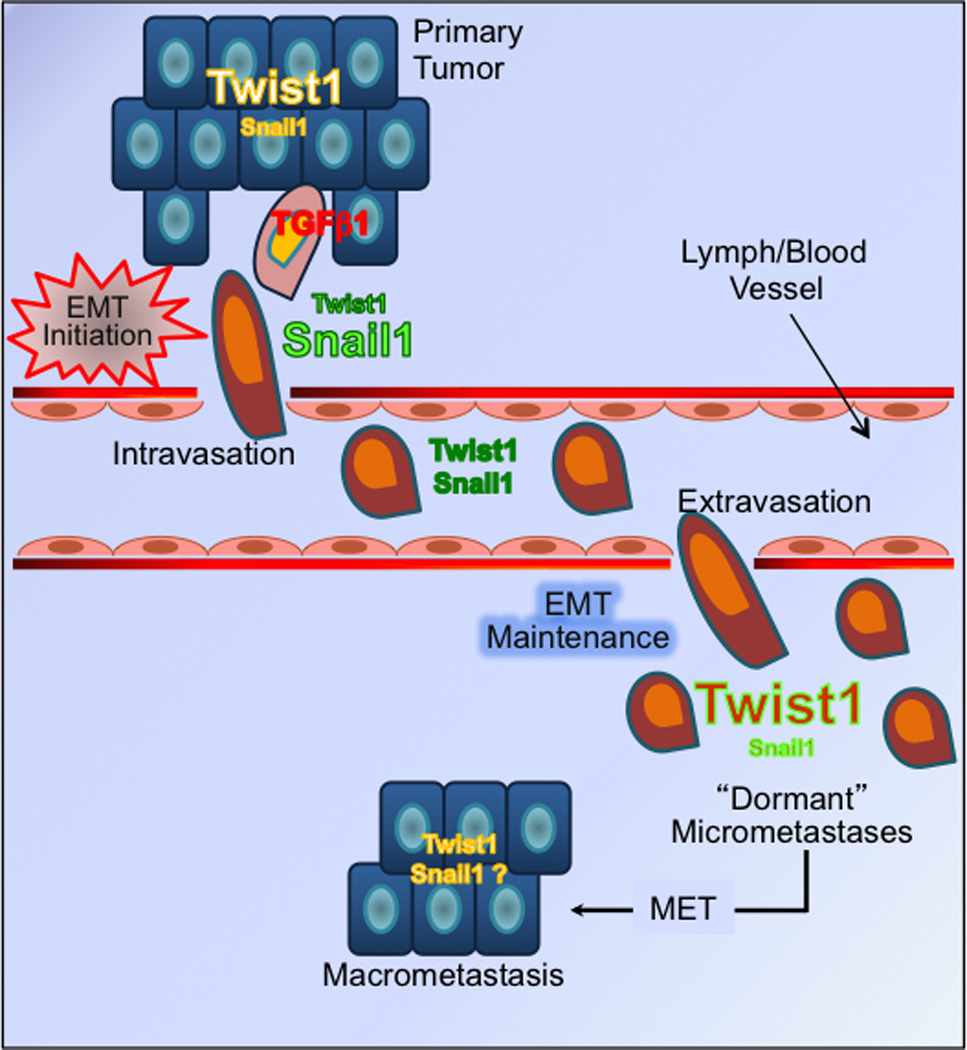Figure 7. Model of the temporal and spatial cooperation of Snail1 and Twist1 during cancer EMT and the metastatic cascade.

In response to a transient EMT stimulating signal (e.g. TGFβ1), Snail1 level rises briefly to initiate EMT in cancer cells near or at the invasive, leading edge of a primary tumor. As metastatic cells migrate away from the primary tumor, they lose Snail1 expression. In contrary, Twist1, present throughout the primary tumor, first experiences transient repression by Snail1 at the invasive edge during EMT initiation, then begins to rise again in late stages of EMT to maintain cancer EMT, and possibly dormant micrometastases. One potential scenario for the emergence of macrometastases is the downregulation of Twist1 expression in dormant micrometastases, thus relieving growth arrest associated with Twist1 and EMT maintenance.
